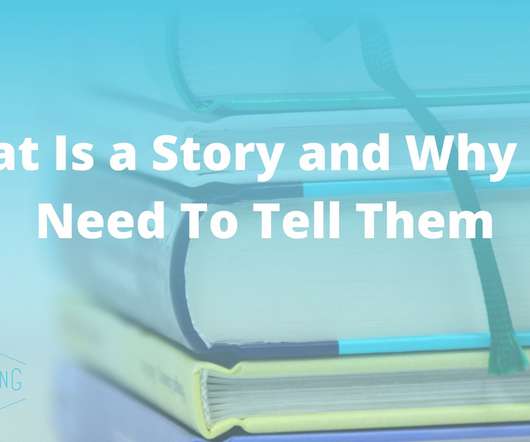Trainer’s Notebook: Just A Few Participatory Facilitation Techniques
Beth's Blog: How Nonprofits Can Use Social Media
JULY 25, 2017
Many of us do this and take content notes, but it is also great to take notes about instructional design and facilitation techniques. I typically draw a vertical line down my notebook page, and label each column “Content” and “Instructional Process” to capture both types of notes. Here’s what I learned.



































Let's personalize your content